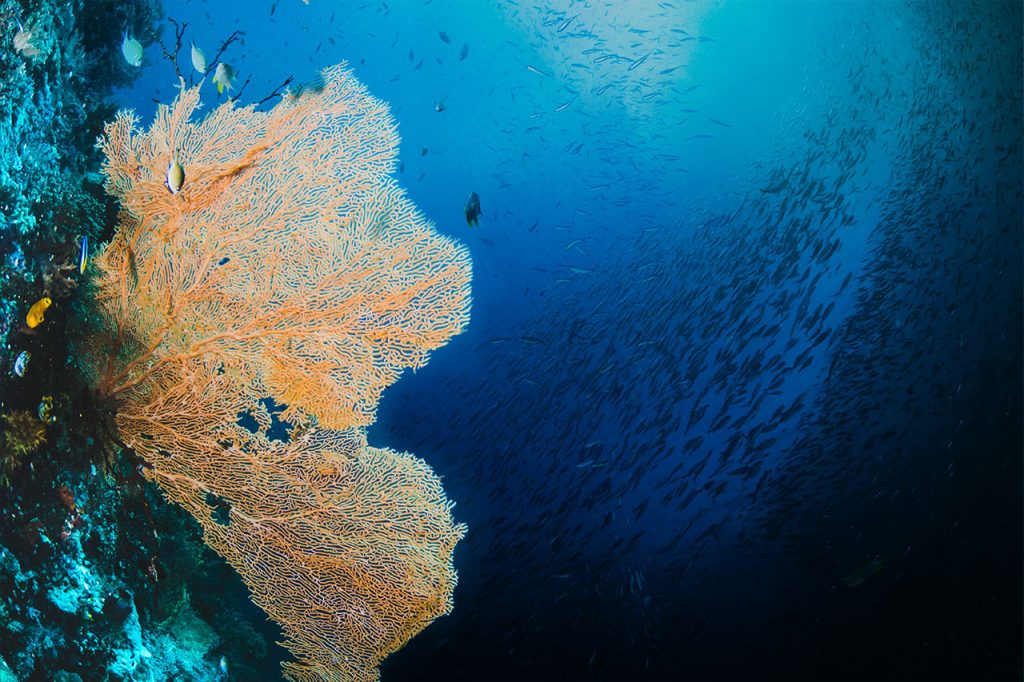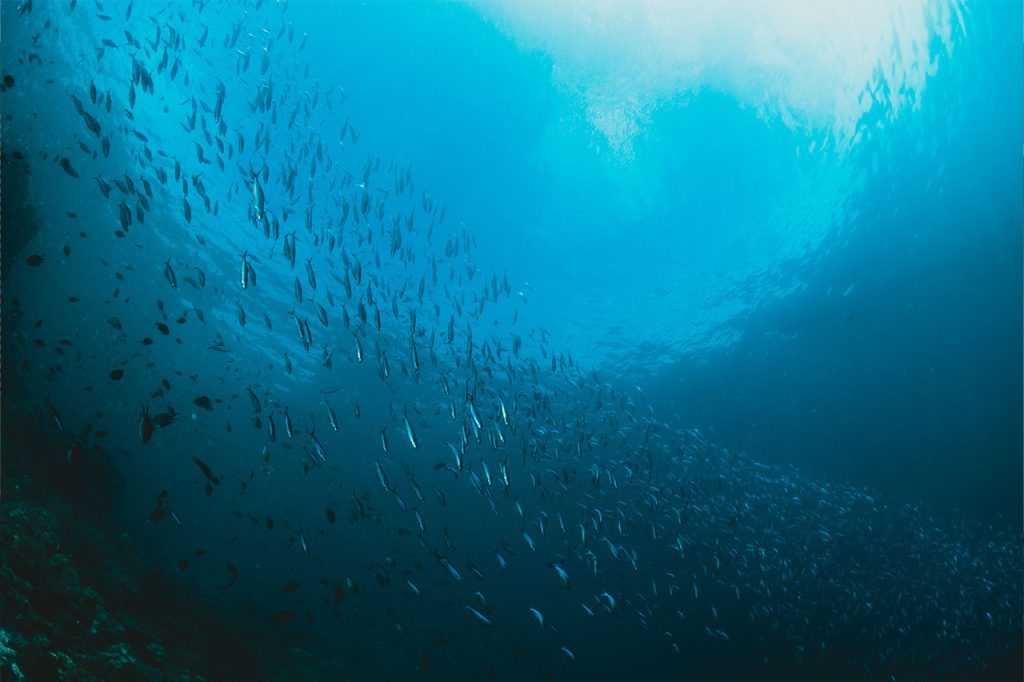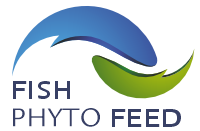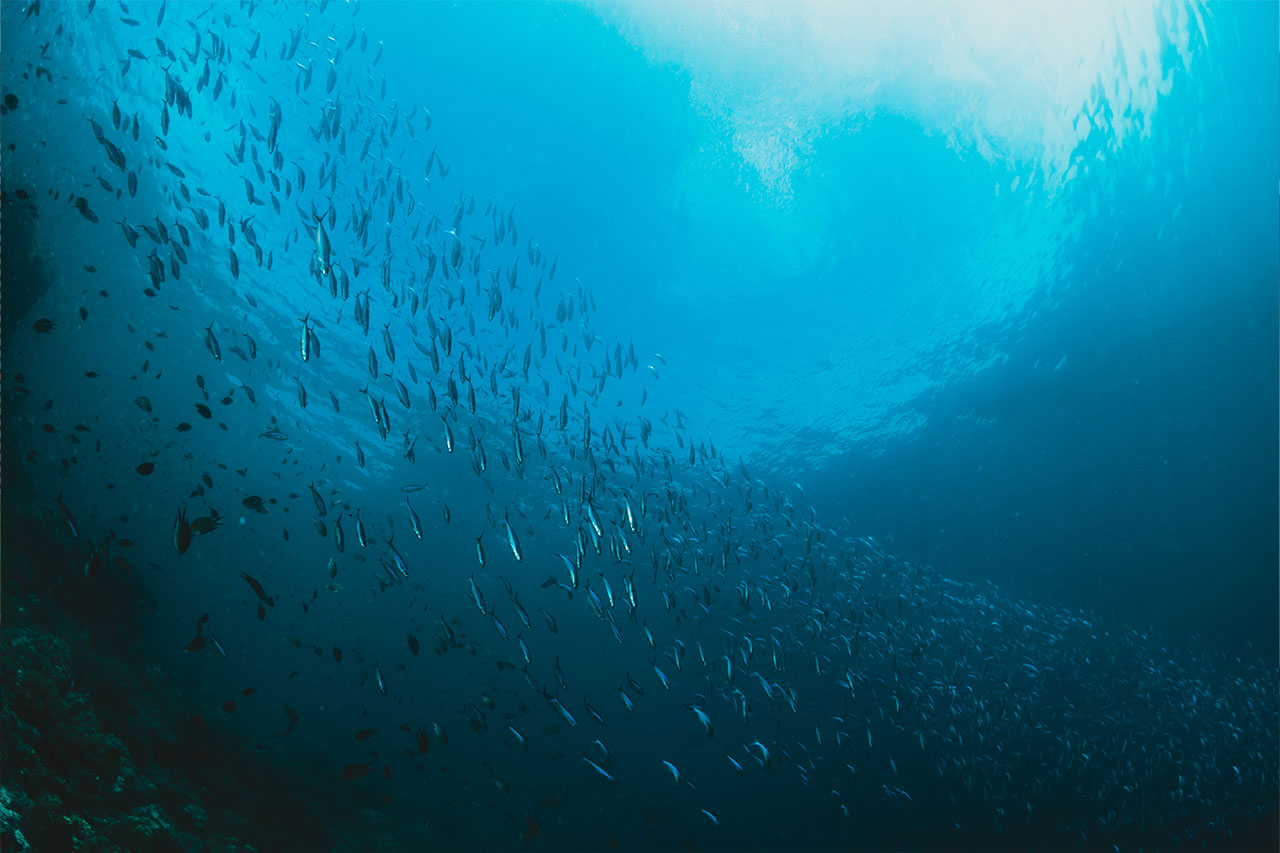Fish farming is based on the synthesis of artificial diets, with a high protein content (40- 60%), which provide the energy and nutrients for the growth of the fish, after they pass through the digestion process and their components become bioavailable. Ultimately, farming practices lead to the synthesis and deposition of proteins in the white muscle (fillet) which is the final product of fish farming. The increasing replacement of fishmeal by alternative vegetable raw materials has brought about new problems in the quality of fish feed related to the presence of anti-nutritional factors and phyto-estrogens, as well as the reduced digestibility and bioavailability of nutrients. Thus, their use as alternative raw materials in fish feed also necessitates the existence of methods to control their quality.
The increasing replacement of fishmeal by alternative plant raw materials has brought about new problems in the quality of fish feed related to the presence of anti-nutritional factors and phyto-estrogens, as well as the reduced digestibility and bioavailability of nutrients. Thus, their use as alternative raw materials in fish feed also necessitates the existence of methods to control their quality.

Project Overview
The existing methodologies for controlling the quality of fish feed are based on feed analysis and resort to the determination of concentrations of substances that are possibly involved in the biological effects of plant raw materials, but without ultimately being able to determine the true dimension of these biological effects. The present project will use classical enzymology methodologies to determine the presence of KTI and BBI protease inhibitors, the pH-stat method to determine the digestibility of dietary proteins in vitro by sea bass and sea bream digestive enzymes, the Microtox Assay System© to determine of generalized cytotoxicity of raw materials, the ER-CALUX assay in human bone marrow cell lines with an integrated luciferase gene and the YES assay© in yeast cells bearing estrogen receptors for the determination of estrogenic activity of plant raw materials, and primary muscle cell cultures of sea bream to determine their myostatic action.
Aim
The ultimate goal of the program is the development of a comprehensive raw material testing toolbox that will allow rapid and efficient evaluation of a large number of raw materials for their biological activity without requiring experimentation with fish. The individual metrics of the toolkit will be combined into a composite feedstock quality index that will reflect feedstock impact on key biological functions that constitute fish growth.


Αναμενόμετα Αποτελέσματα
The successful implementation of the project will lead to:
-Introduction of certified methodologies for the advanced quality control of raw materials and fish feed that will not require tests on fish and will produce quick conclusions regarding the biological action of the raw materials
– exploitation of knowledge on the effect of the most widespread raw materials used in the breeding of Mediterranean species on cytotoxicity and on the processes of digestion and growth of white muscle
– Identification of marker genes that signal muscle growth in sea bream and indicate its growth course
– Recording of estrogenic activity and concentration of genistin in the most widespread raw materials used in the breeding of Mediterranean species.
The project aims to develop new methodologies that will be immediately applicable to the production of fish feed and for this reason it will also communicate its results to the companies that import raw materials or produce fish feed in Greece. The toolbox will be an important tool in the hands of Greek fish farming professionals to increase its competitiveness as it will provide the possibility for rapid control of many different raw materials, thus increasing the range of options beyond those already established.

